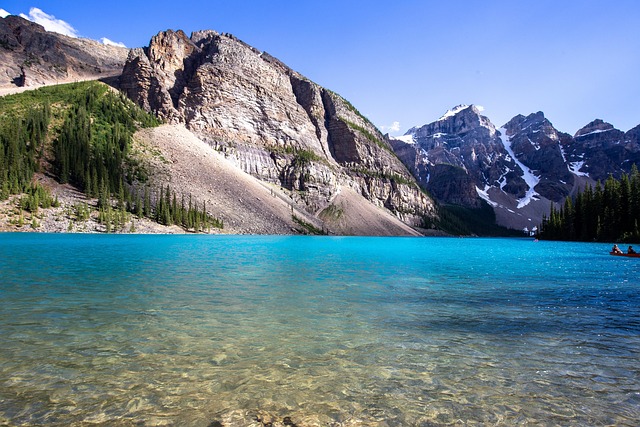The world is witnessing a significant transformation as climate change continues to accelerate, with one of the most striking changes occurring in the polar regions. Among these transformations, the melting of glacial moraine stands out, not just for its visual impact but for its profound implications on the environment. Glacial moraines, those accumulation of debris deposited by glaciers, hold vital clues to understanding the far-reaching consequences of our warming planet.
As glaciers retreat due to rising temperatures, the glacial moraine is left exposed, revealing the layered history of our Earth. These once-solid masses are not mere remnants of a lost era; they are active sites of ecological change and environmental upheaval. The interplay between melting moraines and climate change is more complex than one might initially think.
Firstly, the melting of glacial moraine contributes to rising sea levels, a dire consequence for coastal ecosystems. As ice melts, fresh water flows into the oceans, diluting saltwater and disrupting marine life. This shift affects fish populations, coral reefs, and the overall health of aquatic ecosystems, leading to a cascade of effects that reach far beyond the locations directly impacted.
Moreover, the exposure of glacial moraine alters local climates and weather patterns. The once-insulated land beneath the ice now absorbs more sunlight, raising temperatures in regions that were previously cool. This localized warming can create a feedback loop, accelerating further ice melt and leading to more significant changes in the environment over time.
Additionally, the melting of glacial moraine threatens biodiversity. As habitats shift and disappear, many species are unable to adapt quickly enough to these rapid changes. The flora and fauna that once thrived in the cooler conditions of glacial landscapes must now grapple with altered environments, leading to potential losses in species diversity and even extinction.
The implications of glacial moraine melting extend beyond ecological systems; they also bear social and economic consequences. Communities that rely on glacial meltwater for agriculture and drinking water are facing uncertainty as the ice diminishes. The reliance on these water sources, which have historically provided sustenance, is becoming increasingly precarious. This situation underscores the urgent need for sustainable water management strategies that consider the changing landscape.
As we confront these realities, it is essential to foster a deeper understanding of the interconnectedness between glacial moraine, climate change, and the environment. These melting landscapes are not just scientific data points; they represent the vulnerability of our planet and the pressing need for action. Each glacial moraine eroded is a reminder of what is at stake and the collective responsibility we share in mitigating climate change and preserving our environment for future generations.
The loss of glacial moraine is a wake-up call, urging us to rethink our relationship with the planet. By acknowledging the tangible effects of climate change and advocating for meaningful action, we can work toward a more sustainable future where both humanity and the natural world can thrive.



